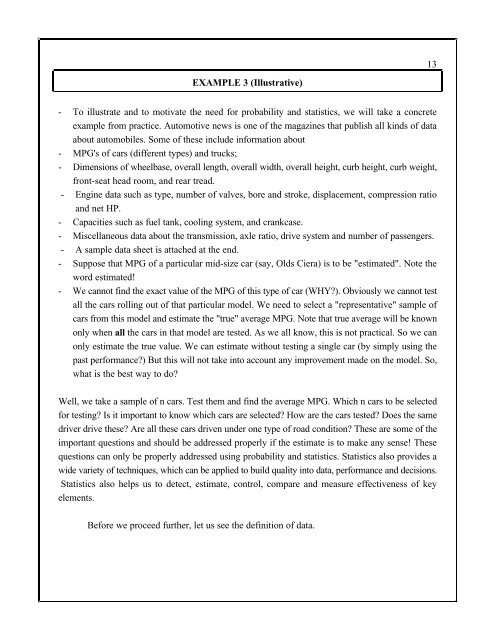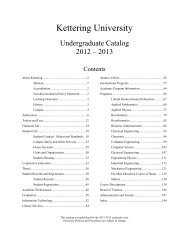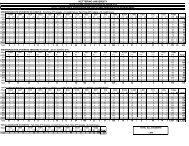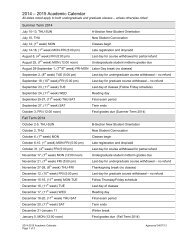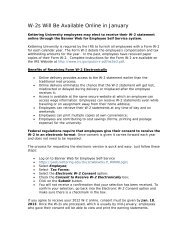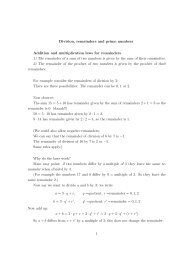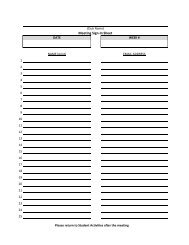1 CLASS LECTURE NOTES - What is Applied Statistics ...
1 CLASS LECTURE NOTES - What is Applied Statistics ...
1 CLASS LECTURE NOTES - What is Applied Statistics ...
Create successful ePaper yourself
Turn your PDF publications into a flip-book with our unique Google optimized e-Paper software.
13<br />
EXAMPLE 3 (Illustrative)<br />
- To illustrate and to motivate the need for probability and stat<strong>is</strong>tics, we will take a concrete<br />
example from practice. Automotive news <strong>is</strong> one of the magazines that publ<strong>is</strong>h all kinds of data<br />
about automobiles. Some of these include information about<br />
- MPG's of cars (different types) and trucks;<br />
- Dimensions of wheelbase, overall length, overall width, overall height, curb height, curb weight,<br />
front-seat head room, and rear tread.<br />
- Engine data such as type, number of valves, bore and stroke, d<strong>is</strong>placement, compression ratio<br />
and net HP.<br />
- Capacities such as fuel tank, cooling system, and crankcase.<br />
- M<strong>is</strong>cellaneous data about the transm<strong>is</strong>sion, axle ratio, drive system and number of passengers.<br />
- A sample data sheet <strong>is</strong> attached at the end.<br />
- Suppose that MPG of a particular mid-size car (say, Olds Ciera) <strong>is</strong> to be "estimated". Note the<br />
word estimated!<br />
- We cannot find the exact value of the MPG of th<strong>is</strong> type of car (WHY?). Obviously we cannot test<br />
all the cars rolling out of that particular model. We need to select a "representative" sample of<br />
cars from th<strong>is</strong> model and estimate the "true" average MPG. Note that true average will be known<br />
only when all the cars in that model are tested. As we all know, th<strong>is</strong> <strong>is</strong> not practical. So we can<br />
only estimate the true value. We can estimate without testing a single car (by simply using the<br />
past performance?) But th<strong>is</strong> will not take into account any improvement made on the model. So,<br />
what <strong>is</strong> the best way to do?<br />
Well, we take a sample of n cars. Test them and find the average MPG. Which n cars to be selected<br />
for testing? Is it important to know which cars are selected? How are the cars tested? Does the same<br />
driver drive these? Are all these cars driven under one type of road condition? These are some of the<br />
important questions and should be addressed properly if the estimate <strong>is</strong> to make any sense! These<br />
questions can only be properly addressed using probability and stat<strong>is</strong>tics. Stat<strong>is</strong>tics also provides a<br />
wide variety of techniques, which can be applied to build quality into data, performance and dec<strong>is</strong>ions.<br />
Stat<strong>is</strong>tics also helps us to detect, estimate, control, compare and measure effectiveness of key<br />
elements.<br />
Before we proceed further, let us see the definition of data.


